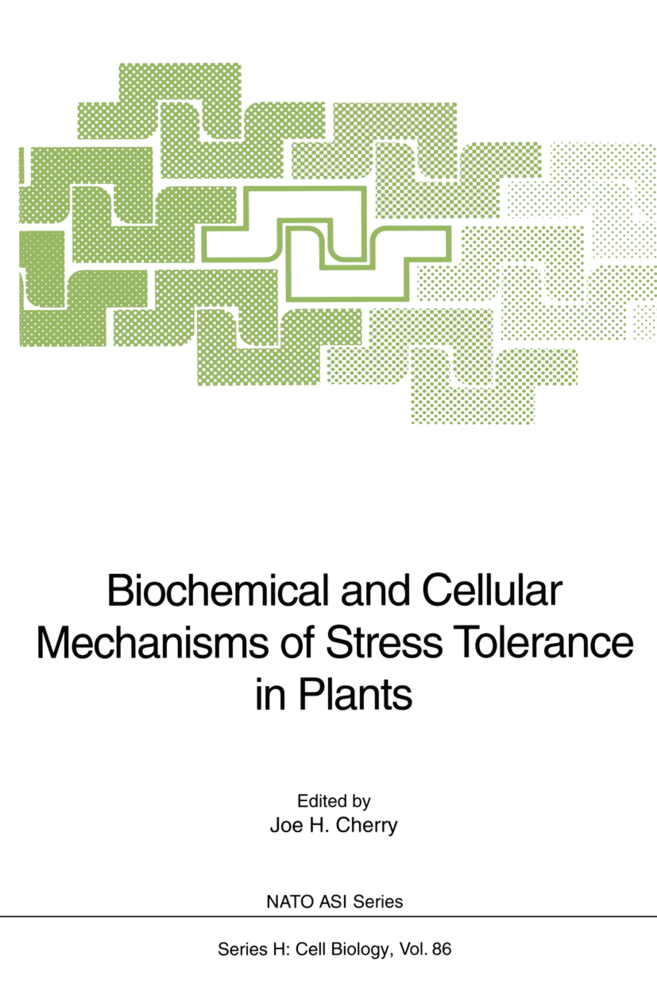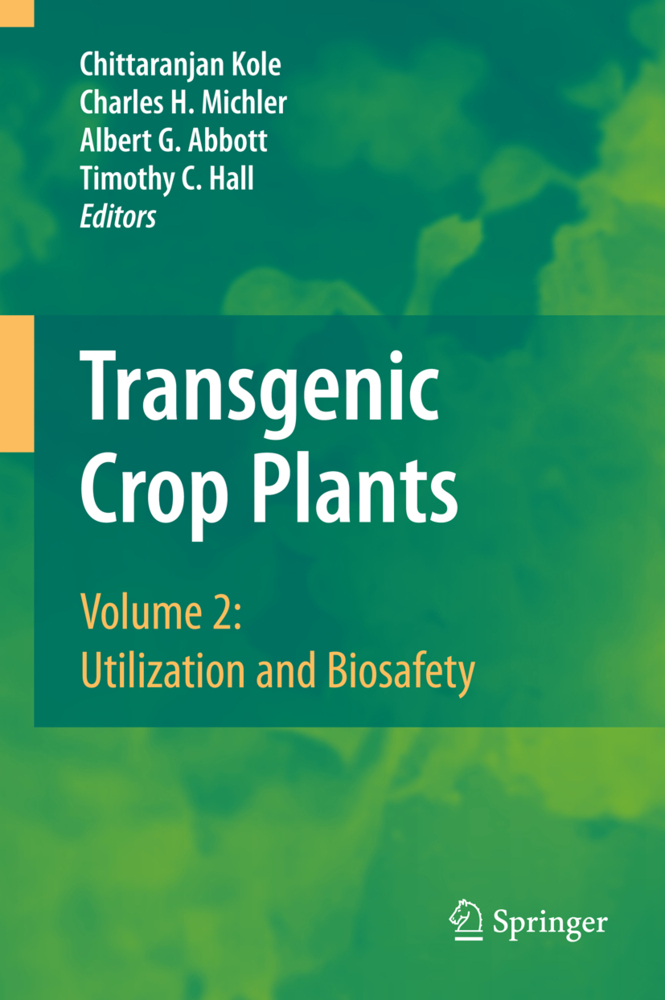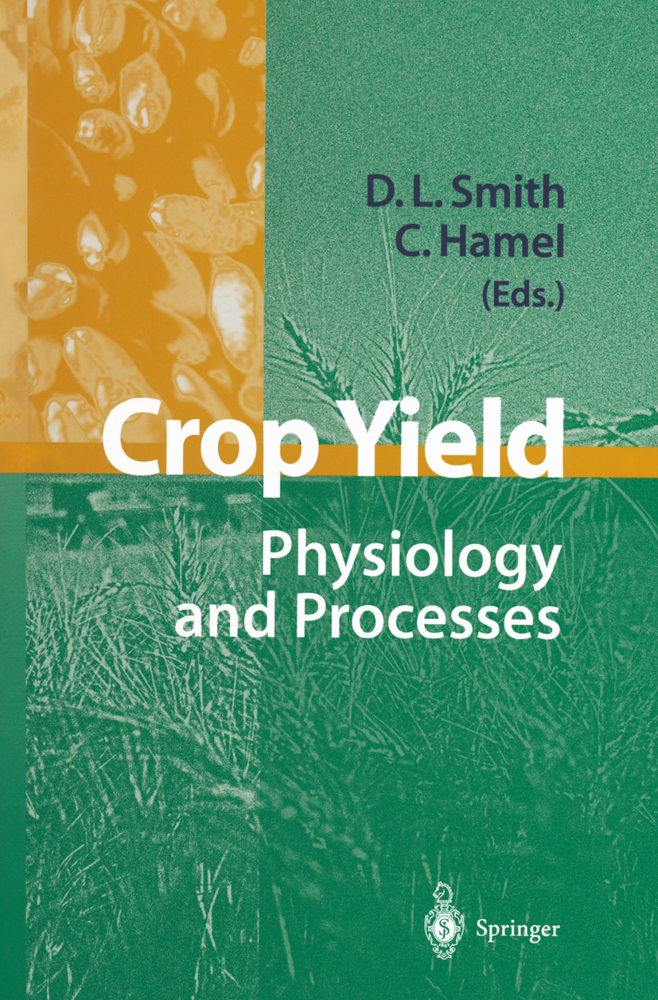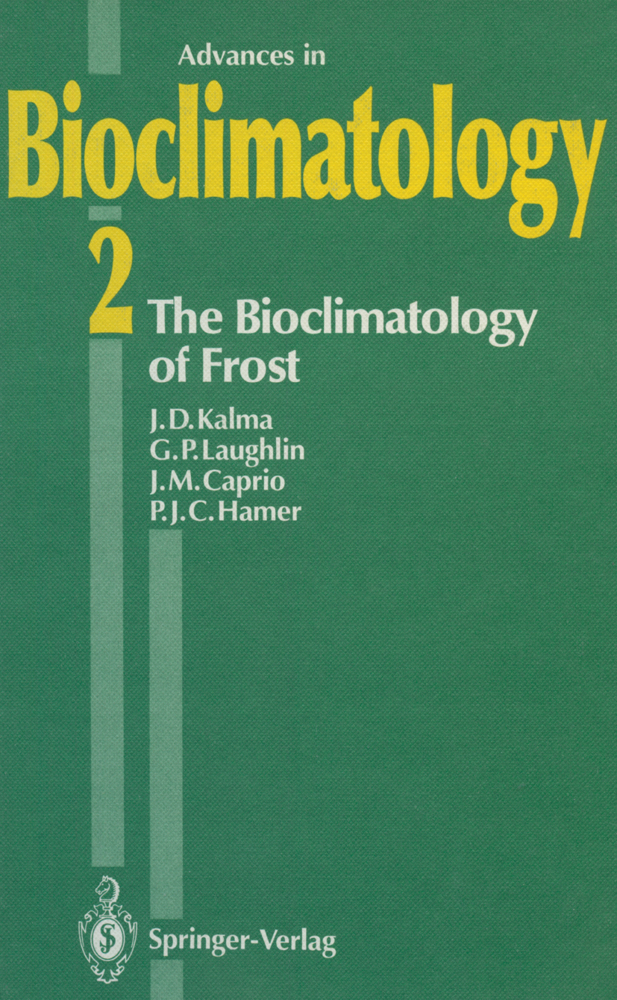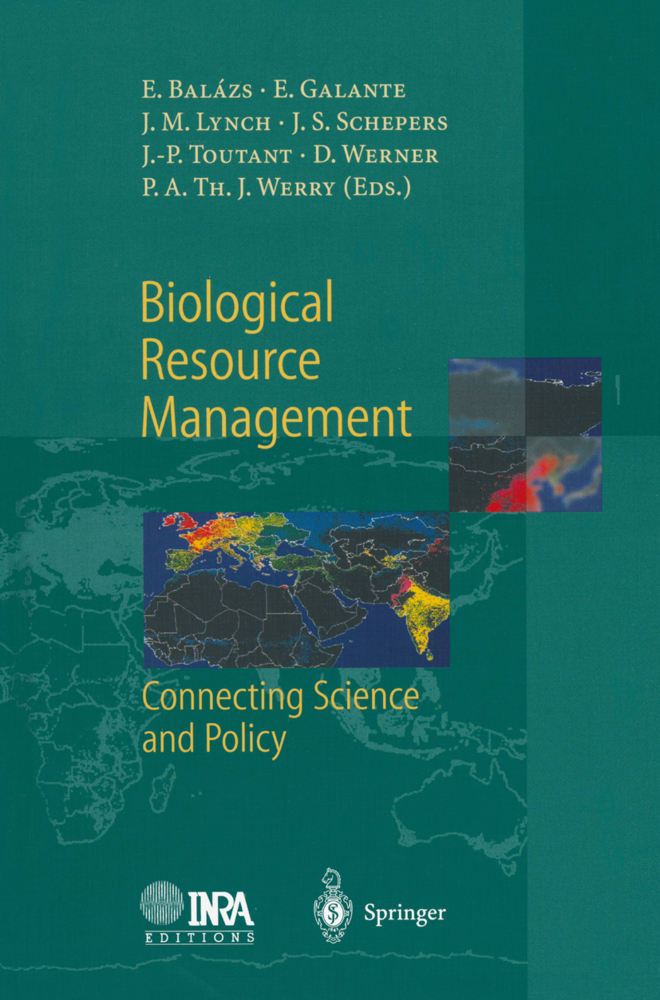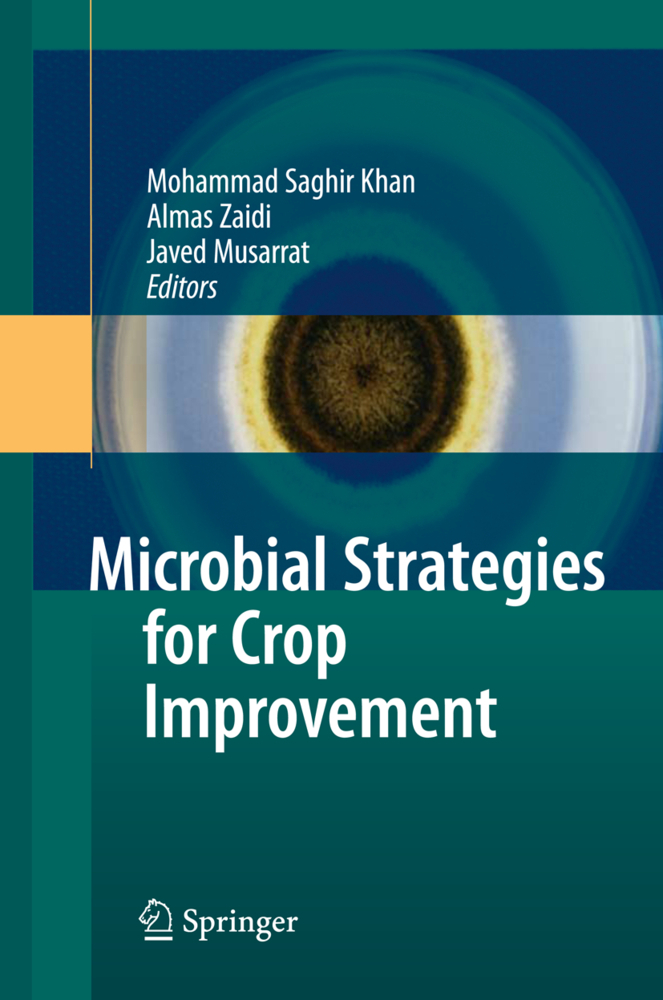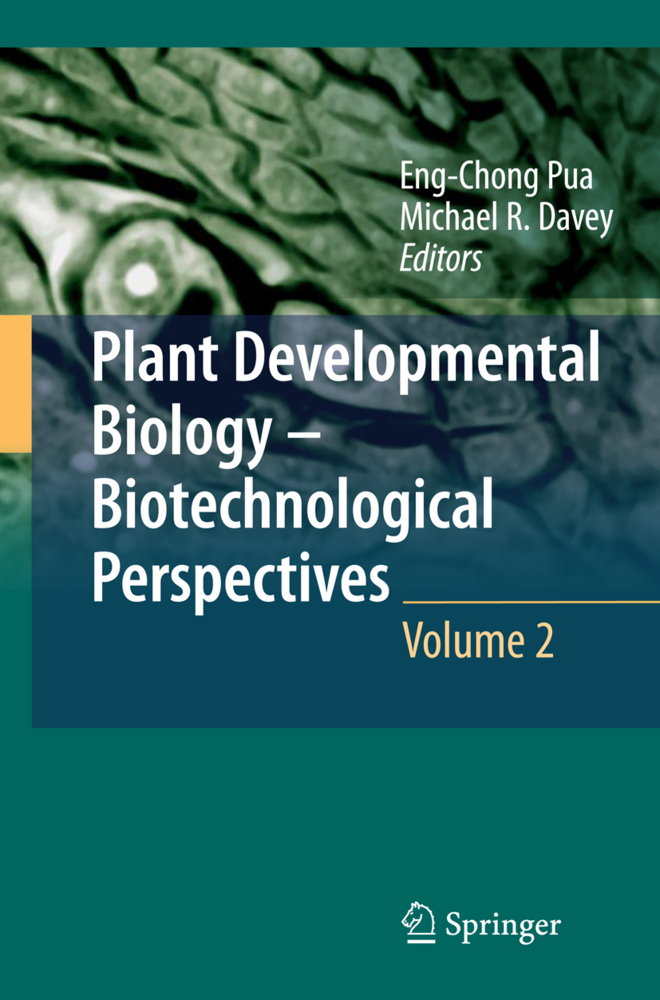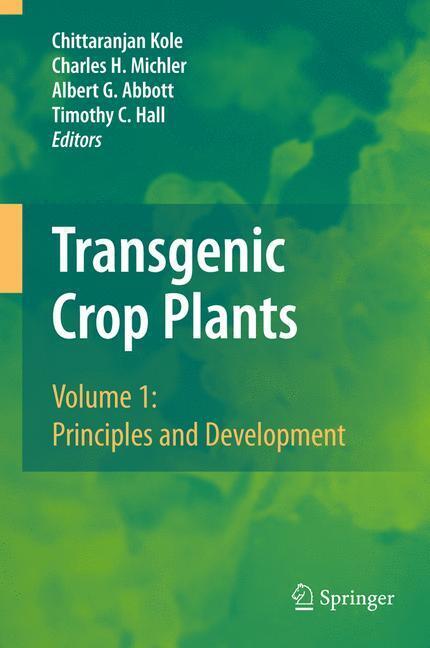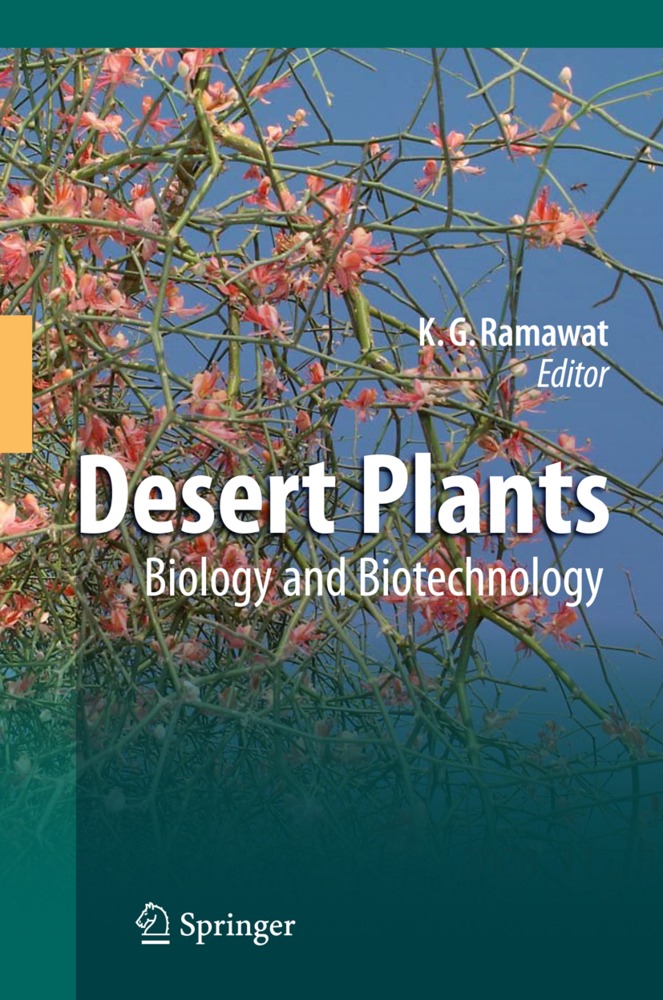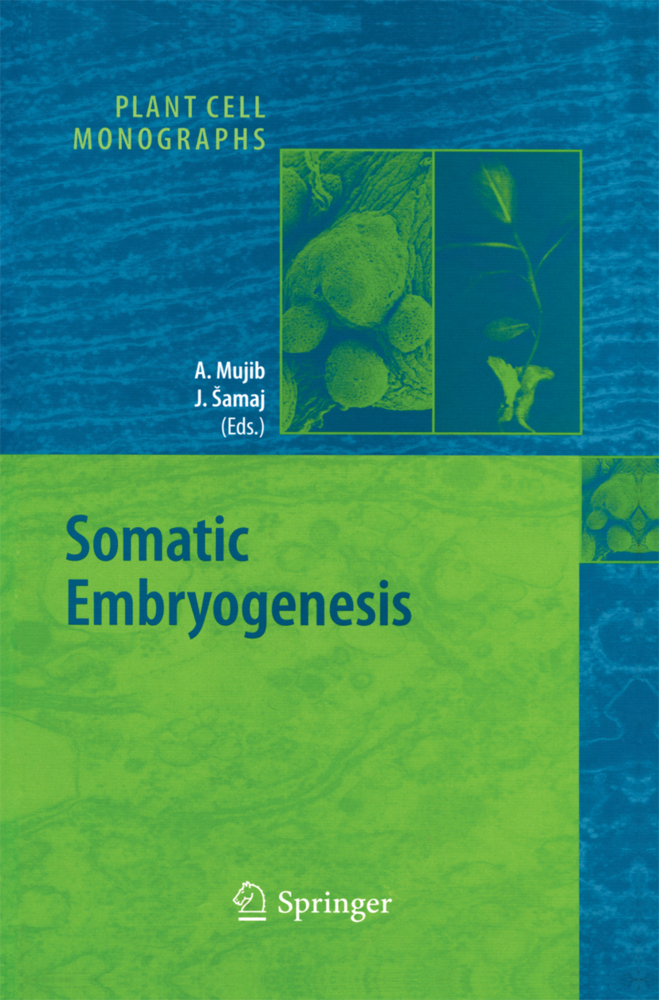Biochemical and Cellular Mechanisms of Stress Tolerance in Plants
Biochemical and Cellular Mechanisms of Stress Tolerance in Plants
Environmental stresses, such as high and low temperature, salinity, and drought, represent limiting factors to agricultural productivity worldwide. Their impact is not only on crops that are presently being cultivated, but they are also significant barriers to the introduction of crop plants into noncultivated areas. The book describes the cellular, biochemical, and molecular mechanisms in plants that regulate tolerance to stresses. Also discussed are prospects of engineering stress-tolerant plants through the modification of germplasm.
Developmental regulation and enhancement of heat shock gene expression
Normal cellular protein synthesis and heat shock
Thermal acclimation and heat stress response of synechocystis PCC6803: The possible role of thylakoid physical state, lipid saturation and molecular chaperones
Studies of a chloroplast-localized small heat shock protein in arabidopsis
The low molecular weight heat shock proteins of soybean seedlings
Class I low molecular weight heat shock proteins in plants: immunological study and thermoprotection against heat denaturation of soluble proteins
Genetic and molecular evidences of the regulation of gene expression during heat shock in plants
Integration of acquired thermotolerance within the developmental program of seed reserve mobilization
Cross protection of one stress by another: strategies in postharvest fruit storage
Photosynthesis, epicuticular wax and lipid changes in cowpea cultivars grown under hyperthermic conditions
Altered gene expression in thermoadapted cultured cells of cowpea
2 Drought Stress
Cloning of a DNA fragment encoding ?-glutamyl kinase and ?-glutamyl phosphate reductase from a tomato cDNA library
Regulation of gene expression in response to drought and osmotic shock
Gene expression during water stress
Molecular genetic approaches to improving heat and drought stress tolerance in crop plants
Evolution and metabolic engineering of osmoprotectant accumulation in higher plants
Regulation of shoot growth in dry soils by abscisic acid and by root messages
Stress tolerance in plants: What are we looking for?
Proteolysis and proteolytic activities in the acclimation to stress: thecase of sugar starvation in maize root tips
Regulation of the rab17 gene in ABA-deficient and ABA-insensitive viviparous mutants of maize
A role for sorbitol in desiccation tolerance of developing maize kernels: inference from the properties of maize sorbitol dehydrogenase
3 Salinity Stress
Yeast halotolerance genes: crucial ion transport and metabolic reactions in salt tolerance
Structure, regulation and function of the osmotin gene
Responses to salt stress in the halophyte mesembryanthemum crystallinum
Alterations in H+-ATPase gene expression in response to salt
Solute regulation by calcium in salt-stressed plants
The response of plants to salinity: a working hypothesis
4 Low Temperature Stress
Caps, cors, dehydrins, and molecular chaperones: their relationship with low temperature responses in spinach
Low temperature signal transduction, gene expression, and cold acclimation: multiple roles of low temperature
Molecular analysis of cold-hardening in barley
Regulation of low temperature-induced genes during cold acclimation of arabidopsis thaliana
Genetically engineered modification of plant chilling sensitivity and characterization of cyanobacterial heat shock proteins
Low temperature regulation of gene expression in winter Brassica napus
Sorting genes controlling freezing stress resistance: strategy for moving desired traits by merging physiological and genetic approaches
5 Engineering Plants for Stress Tolerance
Engineering plants for stress tolerance via organelle genomes.
1 High Temperature Stress
The heat stress response as part of the plant stress network: An overview with six tablesDevelopmental regulation and enhancement of heat shock gene expression
Normal cellular protein synthesis and heat shock
Thermal acclimation and heat stress response of synechocystis PCC6803: The possible role of thylakoid physical state, lipid saturation and molecular chaperones
Studies of a chloroplast-localized small heat shock protein in arabidopsis
The low molecular weight heat shock proteins of soybean seedlings
Class I low molecular weight heat shock proteins in plants: immunological study and thermoprotection against heat denaturation of soluble proteins
Genetic and molecular evidences of the regulation of gene expression during heat shock in plants
Integration of acquired thermotolerance within the developmental program of seed reserve mobilization
Cross protection of one stress by another: strategies in postharvest fruit storage
Photosynthesis, epicuticular wax and lipid changes in cowpea cultivars grown under hyperthermic conditions
Altered gene expression in thermoadapted cultured cells of cowpea
2 Drought Stress
Cloning of a DNA fragment encoding ?-glutamyl kinase and ?-glutamyl phosphate reductase from a tomato cDNA library
Regulation of gene expression in response to drought and osmotic shock
Gene expression during water stress
Molecular genetic approaches to improving heat and drought stress tolerance in crop plants
Evolution and metabolic engineering of osmoprotectant accumulation in higher plants
Regulation of shoot growth in dry soils by abscisic acid and by root messages
Stress tolerance in plants: What are we looking for?
Proteolysis and proteolytic activities in the acclimation to stress: thecase of sugar starvation in maize root tips
Regulation of the rab17 gene in ABA-deficient and ABA-insensitive viviparous mutants of maize
A role for sorbitol in desiccation tolerance of developing maize kernels: inference from the properties of maize sorbitol dehydrogenase
3 Salinity Stress
Yeast halotolerance genes: crucial ion transport and metabolic reactions in salt tolerance
Structure, regulation and function of the osmotin gene
Responses to salt stress in the halophyte mesembryanthemum crystallinum
Alterations in H+-ATPase gene expression in response to salt
Solute regulation by calcium in salt-stressed plants
The response of plants to salinity: a working hypothesis
4 Low Temperature Stress
Caps, cors, dehydrins, and molecular chaperones: their relationship with low temperature responses in spinach
Low temperature signal transduction, gene expression, and cold acclimation: multiple roles of low temperature
Molecular analysis of cold-hardening in barley
Regulation of low temperature-induced genes during cold acclimation of arabidopsis thaliana
Genetically engineered modification of plant chilling sensitivity and characterization of cyanobacterial heat shock proteins
Low temperature regulation of gene expression in winter Brassica napus
Sorting genes controlling freezing stress resistance: strategy for moving desired traits by merging physiological and genetic approaches
5 Engineering Plants for Stress Tolerance
Engineering plants for stress tolerance via organelle genomes.
Cherry, Joe H.
| ISBN | 978-3-642-79135-2 |
|---|---|
| Artikelnummer | 9783642791352 |
| Medientyp | Buch |
| Auflage | Softcover reprint of the original 1st ed. 1994 |
| Copyrightjahr | 2011 |
| Verlag | Springer, Berlin |
| Umfang | XII, 604 Seiten |
| Abbildungen | XII, 604 p. |
| Sprache | Englisch |

